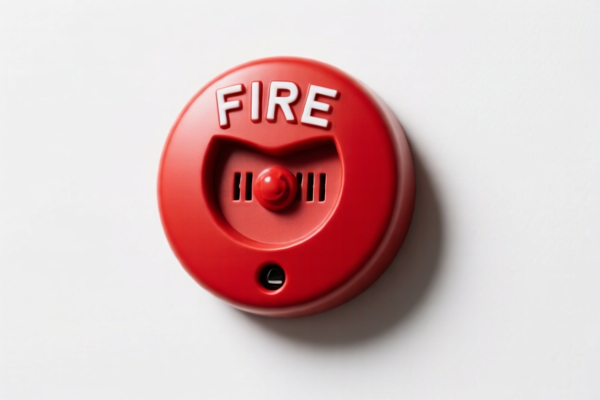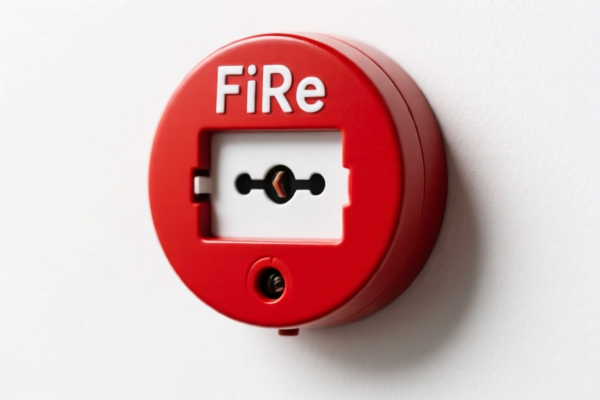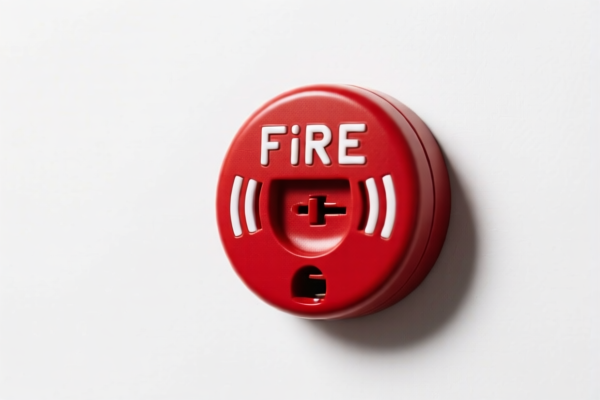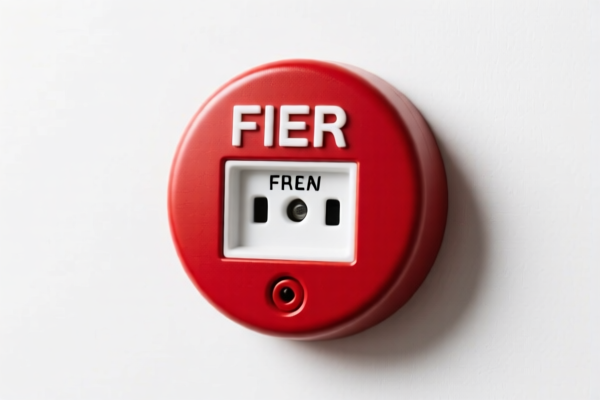| HS Code | Official Doc | Tariff Rate | Origin | Destination | Effective Date |
|---|---|---|---|---|---|
| 7020006000 | Doc | 60.0% | CN | US | 2025-05-12 |
| 7020003000 | Doc | 55.0% | CN | US | 2025-05-12 |
| 7013993000 | Doc | 46.5% | CN | US | 2025-05-12 |
| 7013993500 | Doc | 44.1% | CN | US | 2025-05-12 |
| 8416900000 | Doc | 55.0% | CN | US | 2025-05-12 |
| 8416200080 | Doc | 37.5% | CN | US | 2025-05-12 |
| 9613802010 | Doc | 41.4% | CN | US | 2025-05-12 |
| 9613802090 | Doc | 41.4% | CN | US | 2025-05-12 |
| 9614009890 | Doc | 0.5¢ each + 3%+37.5% | CN | US | 2025-05-12 |
| 9614002890 | Doc | 0.3¢ each + 3.2%+30.0% | CN | US | 2025-05-12 |
| 7326908688 | Doc | 82.9% | CN | US | 2025-05-12 |
| 7321906060 | Doc | 80.0% | CN | US | 2025-05-12 |
| 7321815000 | Doc | 62.5% | CN | US | 2025-05-12 |
| 8545904000 | Doc | 55.0% | CN | US | 2025-05-12 |
| 8545110050 | Doc | 55.0% | CN | US | 2025-05-12 |
| 8512300040 | Doc | 57.5% | CN | US | 2025-05-12 |
| 8512909000 | Doc | 57.5% | CN | US | 2025-05-12 |




Flame Diffuser
A flame diffuser, also known as a burner diffuser or flame spreader, is a component used in combustion systems to improve the mixing of fuel and air, resulting in a more stable and efficient flame. They are employed across a diverse range of applications, from industrial furnaces to home heating appliances.
Material
Flame diffusers are typically constructed from high-temperature resistant materials due to their exposure to intense heat and combustion byproducts. Common materials include:
- Stainless Steel: Offers good corrosion resistance and high-temperature strength. Grades 304 and 316 are frequently used.
- Refractory Metals: Alloys like Inconel and Hastelloy are used in extremely high-temperature applications, providing superior oxidation and corrosion resistance.
- Ceramic: Used in specific applications where thermal shock resistance and insulation are critical.
- Cast Iron: Historically used, but less common in modern applications due to lower corrosion resistance.
Purpose
The primary purpose of a flame diffuser is to:
- Enhance Mixing: Promote thorough mixing of fuel and air before combustion.
- Stabilize Flame: Prevent flame blow-off or flashback by creating a stable combustion zone.
- Reduce Noise: Minimize combustion noise through controlled flame propagation.
- Improve Efficiency: Optimize combustion for reduced fuel consumption and emissions.
- Distribute Flame: Evenly distribute the flame across the combustion chamber.
Function
Flame diffusers function by:
- Swirl Generation: Many designs introduce swirl to the air-fuel mixture, increasing turbulence and mixing.
- Diffusion: Some designs rely on diffusion to promote mixing, particularly in low-velocity applications.
- Flame Holding: Recirculation zones within the diffuser help to anchor the flame, preventing it from being extinguished.
- Velocity Control: Diffusers can control the velocity of the air-fuel mixture, optimizing combustion conditions.
Usage Scenarios
- Industrial Furnaces: Used in heating processes for metal treatment, ceramics production, and other industrial applications.
- Boilers: Improve combustion efficiency in power generation and heating systems.
- Gas Burners: Found in residential and commercial gas appliances, such as water heaters, furnaces, and stoves.
- Incinerators: Ensure complete combustion of waste materials.
- Process Heaters: Used in chemical processing and refining industries.
- Jet Engines & Gas Turbines: Specialized diffusers are used to stabilize combustion in these high-performance applications.
Common Types
- Swirl Diffusers: Utilize swirling vanes or channels to create a vortex, promoting mixing. These are common in gas burners and industrial furnaces.
- Plate Diffusers: Feature a series of plates or baffles that disrupt the flow and promote mixing.
- Honeycomb Diffusers: Employ a honeycomb structure to create turbulence and distribute the flame.
- Impingement Diffusers: Use jets of air and fuel that collide to promote mixing.
- Premix Diffusers: Designed to thoroughly mix fuel and air before entering the combustion chamber, resulting in a cleaner burn.
- Register Diffusers: Feature adjustable openings to control the flame pattern and intensity.
Based on the provided information, the following HS codes may be relevant to “flame diffuser”:
- 7326908688: Other articles of iron or steel: Other: Other: Other Other. This code covers a broad category of other iron or steel articles. Given that a flame diffuser could be constructed from iron or steel, this is a potential match. The total tax rate is 82.9%. Please note that this code requires verification of steel, aluminum products with a 25% additional tariff.
- 8416200080: Furnace burners for liquid fuel, for pulverized solid fuel or for gas; mechanical stokers, including their mechanical grates, mechanical ash dischargers and similar appliances; parts thereof: Other furnace burners, including combination burners Other. If the flame diffuser is part of a furnace burner system, this code may apply. The total tax rate is 37.5%.
- 7321906060: Stoves, ranges, grates, cookers (including those with subsidiary boilers for central heating), barbecues, braziers, gas rings, plate warmers and similar nonelectric domestic appliances, and parts thereof, of iron or steel: Parts: Other Of cooking appliances and plate warmers: Other. If the flame diffuser is a component of a cooking appliance, this code could be relevant. The total tax rate is 80.0%.
- 7321815000: Stoves, ranges, grates, cookers (including those with subsidiary boilers for central heating), barbecues, braziers, gas rings, plate warmers and similar nonelectric domestic appliances, and parts thereof, of iron or steel: Other appliances: For gas fuel or for both gas and other fuels: Other. If the flame diffuser is part of a gas-fueled appliance, this code may apply. The total tax rate is 62.5%.
Important Note: The classification of “flame diffuser” depends heavily on its material composition (iron or steel), its function (part of a burner, cooking appliance, or other system), and its specific application. It is recommended to provide more detailed information about the product to determine the most accurate HS code.
Regarding HS code 7326908688, please note the need to verify steel, aluminum products with a 25% additional tariff.
Customer Reviews
No reviews yet.